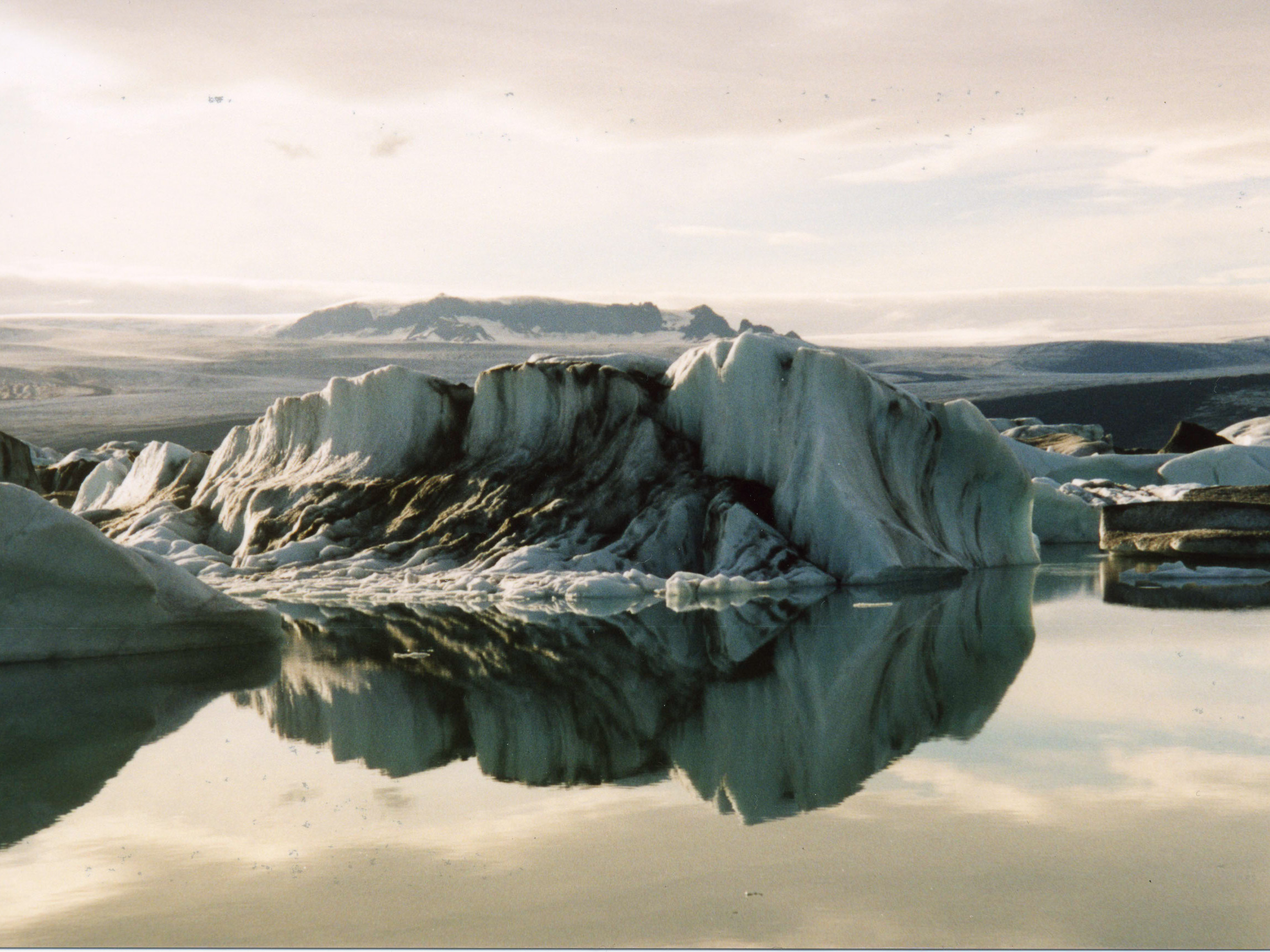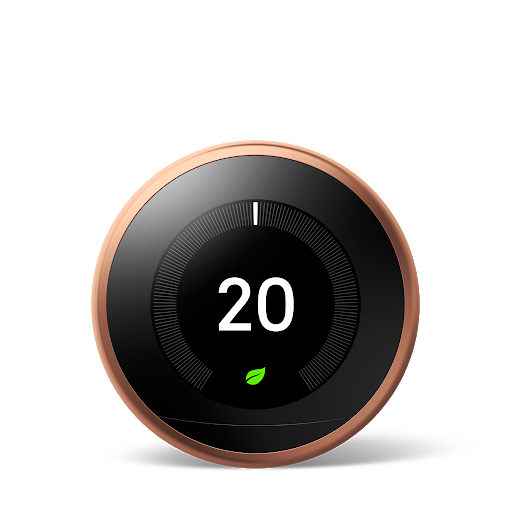Solar power diverter
myenergi eddi
There are other Solar power diverters, but I went for the myenergi eddi, so this is about that one only.
According to the myenergi eddi website.
Save money and energy with British made power diverter
Use your excess energy and save
Bring an eddi into your home and you can make the most of the 100% green energy generated from your solar PV or wind generation system.
Rather than exporting excess generation back to the grid as per a standard PV system, with our intelligent eddi power diverter, that extra power generation is instead diverted back to your heating systems, thus heating water on 100% self generated green energy.
It is a simple concept, but a wiz bit of Tech.
How does an energy diverter work?
It monitors the Grid connection and as soon as you start generating more electricity than you are using, as soon as you start exporting, it turns on the immersion heater in your hot water cylinder, creating an additional load, and stopping the export. If you turn something else on it the house, it reduces the power going to the immersion heater by that amount. It only uses self generated electricity that would otherwise go as export to the grid.
It stores the surplus electrical energy produced in the form of hot water.
To maximise the storage capacity, you would have cold water to start with and a very large cylinder or Thermal Store. However, there are some impracticalities with that, including the potential of cold water to wash with in the morning before any diversion had commenced.
Of course such diversion into hot water can not continue indefinitely. A home with super heated steam in a cylinder is not a safe option. The thermostat attached to the immersion heater would close the circuit. For the avoidance of doubt, not the one for the cylinder, which controls the Domestic Hot Water side of the Central Heating. At that point, with self use of electricity being less than the PV panels are generating at that moment in time, and nowhere for the power diverter to divert to, export of electricity would commence.
Feed-in tariffs (FITs) grants
The days of the Feed-in tariffs (FITs) grants, which it should be remembered were indented as an incentive to get PV, not a payment for the electricity generated.
The FIT scheme is a government programme designed to promote the uptake of small-scale renewable and low-carbon electricity generation technologies. Introduced on 1 April 2010, the scheme requires participating licensed electricity suppliers (FIT Licensees) to make payments on both generation and export from eligible installations.
Some of the rules are detailed in these tables. A table of payments for 2012 and the later tables
So for FIT year 1, Solar photovoltaic with total installed capacity of 4kW or less, where attached to or wired to provide electricity to a building which is already occupied, the rate of payment was 45.40p, or £0.4540. The rate was fixed according to the commissioning date of the installation, plus an inflation calculation.
If memory severs, although the rates are pence per KWh, there was no metering required and an assumption was made that you would use 50% of the power generated and be paid for the remainder, irrespective of actual usage and generation. Hence, usage above the 50% assumption was both used and paid for, and as used electricity is a cost saving of not having to pay for grid electricity,
Hence, diverting some of the electricity generated to another energy store made sense.
Ostensibly, free electricity to heat your water. However, that is not quite true as you have to consider the capital cost of the PV system as well as the that of the power diverter. From an operational perspective it is however free.
The feed-in tariffs came to an end to new applications in 2018.
On 18 December 2018 the following changes were introduced to the FIT scheme:
- Closure of the scheme to new applications from 1 April 2019, barring exceptions for a grid or radar delay grace periods and MCS installations which commissioned before this date.
- Introduction of metered export to the levelisation calculation.
A Solar Battery
Including a solar battery into your PV installation changes the benefit of a energy diverter.
The battery will be charged fully before the diverter kicks in. There will be less days where there is sufficient electricity to exceed both your self use and battery top-up. However, there will probably still be some. I have heard that having a solar battery on average changes self use from 50% to 80%. So there is still 20% excess generation, still exported. Outside of the FIT scenario, the financial benefit changes as well. How much would it cost to heat the water using alternative means, probably a gas boiler? How big is the difference between your import electricity from your electricity provider, against how much you get paid for your export. The smaller the difference the less benefit there is of having an energy diverter.
If your electricity power provider was to charge you 23p per KW for importing and say 3p, under the Smart Export Guarantee, for exporting.
The Smart Export Guarantee is a support mechanism designed to ensure small-scale generators are paid for the renewable electricity they export to the grid. It has been in place since 1 January 2020.
The differential would be 20p for every KW the power diverter shifted from export and usefully used to heat water.
Constraints
One of the main constraints is that there is little point in heating more water than you can use, or to a significantly higher temperature than can be used or is necessary to prevent illness, particularly Legionnaires' disease.
How much hot water you need and how to control that is the subject of a separate article. I recall a time when the immersion was controlled by two switches, one labelled sink and the other bath.
Tesla Energy Plan
Under the Tesla Energy Plan, our solar battery, a Tesla Powerwall becomes part of the 'The UK Virtual Power Plant', and the import and export rates are the same. There is therefore no benefit in diverting energy within your home, as it is equally efficient, if not more so, to divert it via the grid.
On first impression this would make the Eddi redundant.
Other benefits of the Eddi
Other benefits of the Eddi include that it has two output loads. Not only can it control the immersion heated as described above, but another load as well. We are planning to install electric underfloor heating in the bathroom. A place where bear feet will notice the difference. That would also be a secondary energy store if we moved away from, or the Tesla Energy Plan ceased.
Another, and significant benefit is that can provide timed control to both loads, and a booster mode, all controlled from the phone app as well as from the wall unit. It therefore integrates into the smart home scenario.
We have had other, less sophisticated, timers. A 24hr mechanical timer with 15-minute segments enabled us to use the Economy Seven Tariff to heat the water using the cheap electricity, and keep the water hot until time of use, with insulation. It was a fraction of the cost of the Eddi. We then bought a hard wired seven day digital timer which allowed us to select different times and durations each day, but had the Eddi installed with the PV system prior to wiring it in.
I don't think immersion heaters are cheaper that gas heating with a new condensing boiler. but ours is an old inefficient back boiler, where the financial comparison is significantly closer. It therefore becomes more practical to use the immersion, when suitably controlled with a timer and thermostat, on cheap electricity, or free electricity from the PV, that to run the boiler during the summer months, and this year, spring and autumn as well.
On the whole, would we have bought an Eddi at the end of this journey, in our circumstances, just to be able to change the timer away from home, or to turn the immersion or underfloor heating off when we were away on holiday, or back on on our way home. Probably not. Without the Tesla Energy Plan, financially, not sure, but add the convenience yes. I would happily recommend the Eddi as a useful product.















